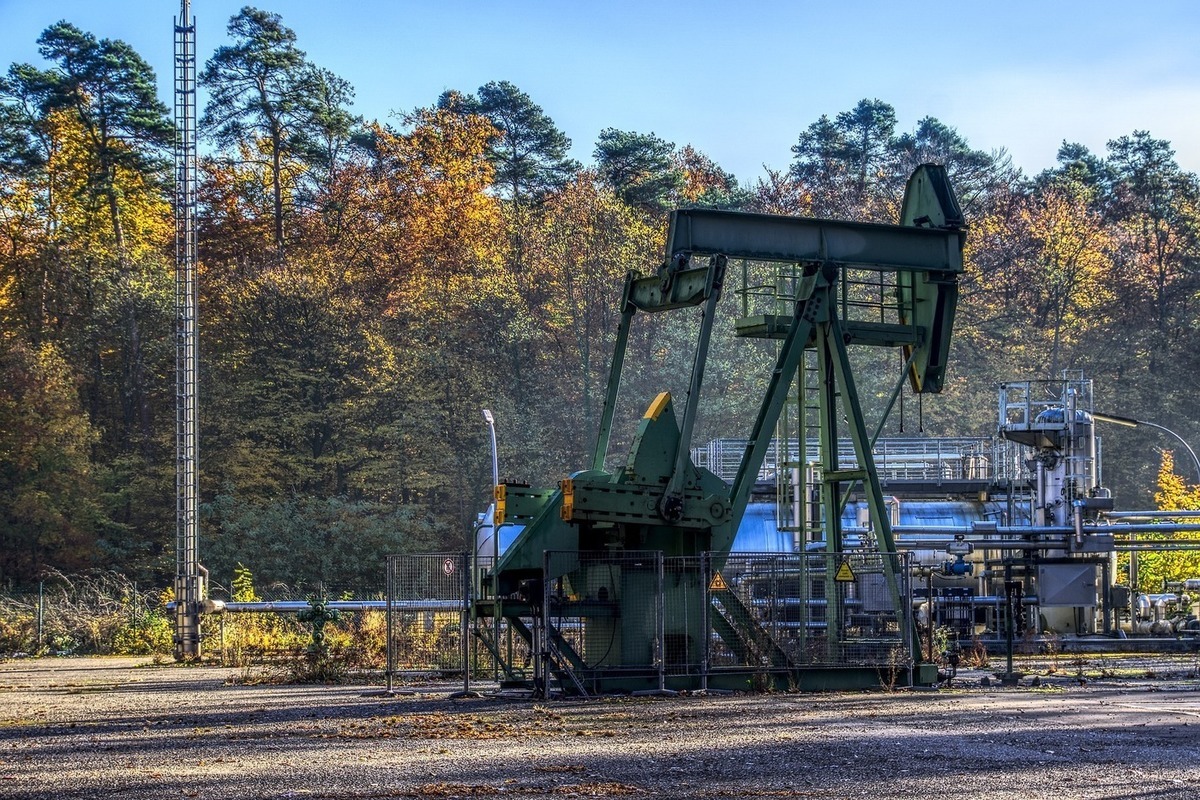A difficult compromise on oil: how the results of the OPEC+ meeting will affect the Russian economy
[ad_1]

Exports will decline, the ruble may weaken
The online OPEC+ ministerial meeting ended on the last day of autumn with a compromise agreement. The participants agreed on a general alliance-wide production reduction in the first quarter of 2024 at the level of 2.2 million barrels per day. This is necessary to remove risks “for passing a period of low demand,” Russian Deputy Prime Minister Alexander Novak said following the meeting. Meanwhile, from the point of view of Russian economic interests, the situation looks ambiguous.
Initially, the November OPEC+ forum was supposed to take place on November 26 in person in Vienna. But a few days before the start, the OPEC secretariat announced that the meeting was postponed until November 30, without specifying the format or giving a reason. At the same time, decisions to radically reduce production on the world market were not expected. According to The Wall Street Journal, Africa’s largest oil producers – Nigeria and Angola – have resisted calls (mainly from Saudi Arabia) to lower individual production quotas. The UAE did not want this either. However, the alliance has shown that it is capable of overcoming internal differences, since its members need to maintain control over the global commodity market.
As a result, Saudi Arabia extended (but did not expand) its own already existing voluntary production reduction (by 1 million bpd), and Russia added another 200 thousand bpd to the volumes it was cutting, bringing its own figure to half a million. Further, Algeria agreed to reduce oil production by another 51 thousand barrels per day, Kazakhstan – by another 82 thousand, Oman – by 42 thousand, Iraq – by 211 thousand, Kuwait – by 135 thousand, UAE – by 163 thousand. The total volume of additional cuts (they will begin in January) by all OPEC+ members will be 2.2 million bpd.
The main surprise was not these steps, but the addition of a new member to the alliance in January 2024 – Brazil, which produces more than 3 million barrels of oil per day. The country’s entry into partnership with OPEC+ was confirmed by Brazilian Energy Minister Alexandre Silveira.
“The parties had obvious problems coordinating their positions, but in the end they managed to come to a compromise, albeit a difficult one,” says Nikita Maslennikov, a leading expert at the Center for Political Technologies. – As we see, the market reacted rather restrainedly: quotes, contrary to expectations, decreased – now oil is trading at $82 per barrel, although the day before it was $84.
But the world has not come together as a wedge on prices – today everyone is more worried about the vague prospects for the global economy. The results of the OPEC+ ministerial meeting coincided with the new forecast of the OECD (Organization for Economic Cooperation and Development. – “MK”), the authors of which predict a slowdown in global GDP growth from 2.9% to 2.7% next year.”
As for the additional obligations assumed by Moscow, their long-term consequences are difficult to calculate. But excessive optimism is clearly inappropriate here. Russian oil exports will decline, since relative to the current year’s level, production in 2024 will be in a stable minus, which will affect all macroeconomic parameters. It is unclear to what extent the decline in physical volumes (production and exports) can be offset by an increase in the price of a barrel.
In principle, in the first quarter of 2024, quotes may well go above $100 per barrel, but such dynamics will inevitably lead to a drop in demand. This year, Maslennikov recalls, despite the very decent price of the Russian Urals variety, around $70 per barrel, the government had to incur additional expenses to manage the public debt and adjust the budget. In a situation where the economies of the United States, Europe and China are slowing down, when all the associated risks are likely to intensify in just a few months, no increase in oil demand on a global scale can be expected.
“The ruble exchange rate also largely depends on external factors,” says Maslennikov. – So far, most forecasts boil down to the fact that we will see a slow, gradual weakening in 2024. At best, the domestic currency will be in the range of $80-90 per dollar, but taking into account the factor of financing budget expenditures, a narrower range of $85-90 cannot be ruled out.”
According to Artem Deev, head of the analytical department at AMarkets, world quotes mean little for the Russian oil sector. Much more important are the prices and demand for the Urals variety, sanctions restrictions and discounts on the sale of raw materials to friendly countries. So far, our oil is trading above the ceiling set by the West, that is, more than $60 per barrel.
As for the ruble exchange rate, export revenues are important for it (for now it is predicted that for oil they will remain at the same levels in 2024) and the export-import balance (due to sanctions restrictions, import volumes are decreasing). At the same time, the likelihood of an increase in the budget deficit remains, to prevent which the ruble may be weakened. But this is unlikely to happen before the second quarter of 2024, Deev sums up.
[ad_2]
Source link






